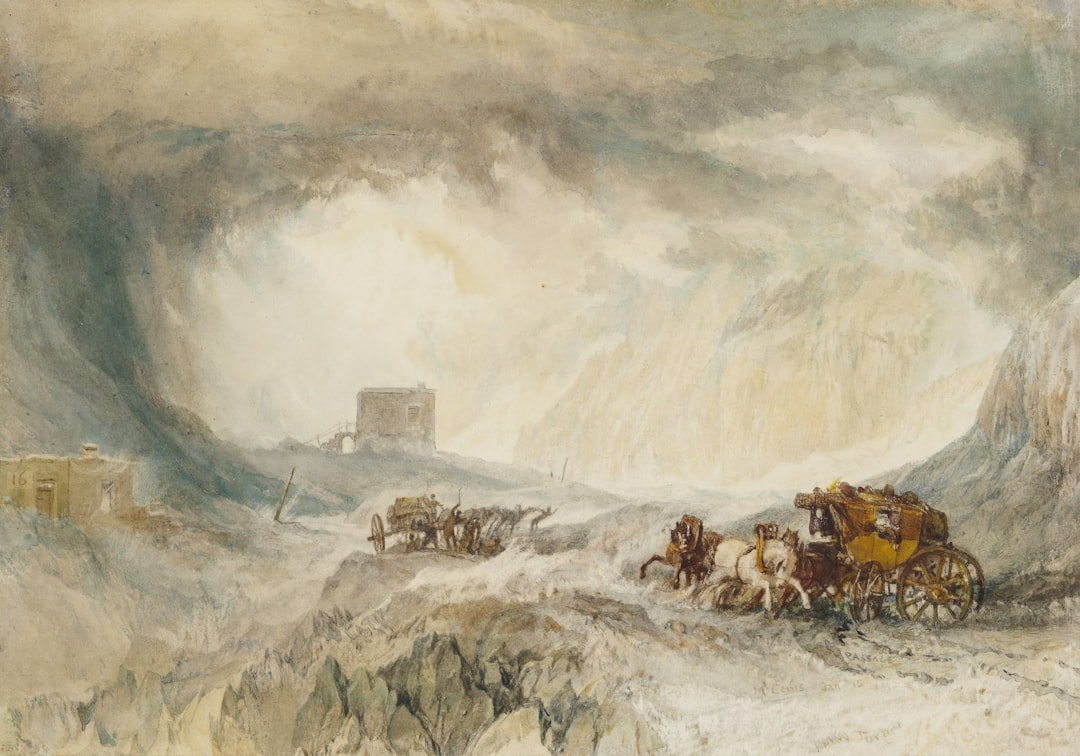Introduction:
The realm of art is a dynamic, ever-evolving landscape that embodies the spirit of human creativity and expression. From the serene brush strokes of the Renaissance to the bold abstract forms of the 20th century, art has continued to captivate and challenge societal norms. This article explores the multifaceted evolution of modern art, highlighting key innovations that have shaped its current form and anticipating future trends that may redefine artistic expression.
The Birth of Impressionism
The late 19th century marked a revolutionary departure from traditional art forms with the advent of Impressionism. Pioneered by artists like Claude Monet and Pierre-Auguste Renoir, Impressionism focused on capturing fleeting moments and the effects of light. This movement not only challenged academic norms by prioritizing everyday subjects and brighter palettes but also laid the groundwork for subsequent modern art movements.
The Influence of Japanese Art
Impressionism was notably influenced by Japanese art, particularly through the introduction of Japonisme in Europe. The aesthetic principles of simplicity, asymmetry, and a focus on nature found in Japanese woodblock prints played a significant role in shaping the techniques and perspectives of Impressionist painters.
Cubism and the Deconstruction of Form
Cubism emerged in the early 20th century as a radical break from previous artistic conventions. Pioneered by Pablo Picasso and Georges Braque, this movement fragmented objects into abstract forms and introduced multiple perspectives within a single plane. Cubism not only expanded the boundaries of artistic expression but also influenced other areas of modern culture, including literature and architecture.
Picasso’s Role in Cubism
Picasso’s innovative approach to perspective and form made him a central figure in the Cubist movement. His masterpiece “Les Demoiselles d’Avignon” (1907) is often cited as a pivotal work that signaled the shift from traditional to modern art, challenging viewers to engage with the canvas in unprecedented ways.
Surrealism: The Confluence of Dream and Reality
In the 1920s, Surrealism surfaced as a captivating genre that sought to reconcile the dream world with reality. Artists like Salvador Dalí and René Magritte explored the unconscious mind, creating bizarre and intriguing images that defied logical interpretation. Surrealism offered a portal to the depths of human psyche, utilizing symbolic imagery to probe themes of desire, fear, and fantasy.
Dalí and the Persistence of Memory
Salvador Dalí’s “The Persistence of Memory” (1931) exemplifies Surrealism’s core characteristics. Featuring melting clocks and a haunting landscape, the painting invites interpretations related to the fluidity of time and the enigmatic nature of human consciousness.
Abstract Expressionism and the Freedom of Gesture
Post World War II, Abstract Expressionism emerged in America, signaling a new era of artistic exploration focused on spontaneity and dynamic expressions of emotion. Artists like Jackson Pollock and Willem de Kooning championed this movement, employing techniques such as action painting to convey their inner experiences.
Pollock’s Innovative Techniques
Jackson Pollock’s technique of dripping and splashing paint onto a horizontal surface marked a dramatic shift in the approach to painting. His method emphasized the process of making art as much as the finished product, thereby highlighting the physical act of painting as an essential component of the artwork’s significance.
Conclusion: The Ever-Evolving Canvas
Art, in its essence, is a reflection of the human condition—constantly evolving, forever captivating. As we continue to navigate through the digital age, new forms of artistic expression are emerging, challenging the traditional boundaries and inviting us to reconsider what art can be. From virtual reality art installations to AI-generated paintings, the journey of art is an infinite exploration of creativity and innovation.







